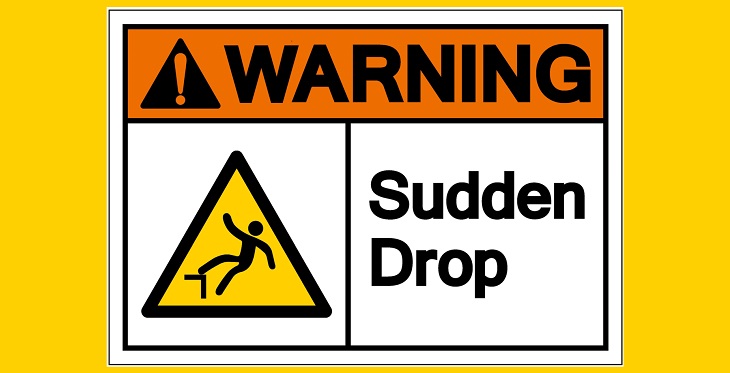By now, I think we have all heard about the surge of temporary waivers, relaxations of Medicare coverage restrictions, regulatory changes and flexibilities, and governors’ orders allowing for the expansion of telehealth during the COVID-19 Public Health Emergency (PHE).
This is all great news for telehealth – for now. Medicare telehealth services increased by 11,718 percent between March and April, and other payers are reporting similar increases. But what happens when the PHE is over? And when will the PHE be over?
So far, the Health & Human Services (HHS) Secretary has renewed the PHE once, in April, for 90 days. HHS has announced its intent to renew it again this month, meaning the PHE would then expire October 21, unless renewed again or declared over before that date.
I think that, in all likelihood, the PHE will continue being extended for at least a year. Seems like an impossibly long time, but compare it to the Zika PHE, which lasted nearly nine months, and the H1N1 PHE, which lasted nearly a year.
Even though the end of the PHE may not be imminent, there’s still a problem. When it does come, the end of the PHE means an abrupt termination of all those temporary changes that are currently making telehealth accessible and sustainable: The Telehealth Cliff.
What would have to happen to extend these emergency telehealth actions and avoid the cliff? That depends on who has the authority to change them. Both the American Hospital Association and the Center for Connected Health Policy (CCHP) have published lists of the federal-level legal and regulatory changes during the PHE and what actions would be needed to make them permanent.
So, are any of those actions taking place? Signs are positive! There’s been as much movement in the past month calling for extensions of the telehealth expansions as there was at the start of the PHE to create the expansions.
- June 11: The Helping to Ensure Access to Local TeleHealth (HEALTH) Act of 2020 is introduced in Congress to mandate continuing Medicare coverage of telehealth at Federally Qualified Health Centers and Rural Health Centers.
- June 15: 30 Senators send a letter to Congressional leadership asking for permanent expansion of Medicare telehealth coverage.
- June 17: Four prominent telehealth leaders testify before Congress on how patients will lose access to care if the expansions are not made permanent.
- June 18: More than 20 organizations announce formation of the Taskforce on Telehealth Policy to develop recommendations for policymakers.
- June 18: The KEEP Telehealth Options Act is introduced in Congress to require HHS and the Government Accountability Office to produce studies on telehealth use during the pandemic.
- June 19: The Equal Access to Care Act is introduced in Congress is introduced in Congress to allow telehealth providers to treat patients at any site, and without requiring licensure in the patient’s state, for up to six months after the end of the PHE.
- June 25: The Advancing Telehealth Beyond COVID-19 Act is introduced in Congress to continue the telehealth policies implemented through the CARES Act and by the administration.
- June 26: The American Hospital Association urges the Centers for Medicare & Medicaid Services (CMS) to temporarily extend certain waivers and make others permanent.
- June 29: 340 healthcare organizations publish a letter urging Congress to permanently remove the rurality requirement and to give the HHS Secretary flexibility to expand Medicare telehealth providers and services.
- July 2: More than 35 Senators send a letter to HHS and CMS asking for a plan and timeline to make permanent changes to Medicare rules on telehealth.
- July 9: HHS Secretary Alex Azar says he supports expanding telehealth coverage and that HHS plans to work with Congress on this.
This is only a partial list. Momentum is building!
States are taking action too – you can track their legislative progress on the CCHP website.
Meanwhile, CMS has already used its regulatory authority to make some telehealth coverage permanent for home health care providers, and has told us to watch for its annual proposed Physician Fee Schedule (PFS), which normally comes out in July. There have been hints that the proposed PFS will include permanent expansions to Medicare telehealth reimbursement.
I strongly urge you to read the proposed PFS, when it’s posted, and comment with your telehealth experiences and outcomes during this period of unprecedented telehealth coverage. Your input could ultimately help us avoid the Telehealth Cliff.
Note: This blog was current as of June 14; change is continuing at a rapid pace. You can find up-to-date details on COVID-19 telehealth waivers and flexibilities on our Telemedicine COVID-19 Resources web pages.

